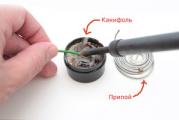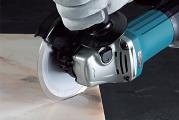Pulling discomfort in the lower abdomen. Why pulls the lower abdomen and lower back? Drawing pains in the lower abdomen in pregnant women.
Complaints about pulling pains in the lower abdomen can be heard from many women, and there are many reasons for this. It can pull in the lower abdomen during pregnancy, during menstruation, but this is explained physiologically and does not pose a danger. More attention deserves pain in the abdomen for no apparent reason, when the pull begins abruptly, after certain actions or at a specific time of day.
Pelvic pain may occur at the beginning or end menstrual cycle. Women may also experience nausea, vomiting, abdominal fullness or heaviness, menstrual irregularities, and pressure on the rectum or bladder. Most ovarian cysts go away without medical care but a doctor should be consulted when experiencing sudden, severe lower abdominal pain associated with fever and vomiting.
Kidney stones are small, crystalline materials that are deposited in the kidneys and often result from concentrated urine. When kidney stones pass through the urinary tract from the kidneys to Bladder, sudden severe pain may be felt in the left side of the abdomen below the left side of the ribs. The pain may radiate to the left and back, and to the lower left abdomen and groin. The pain usually comes in waves and fluctuates in severity. Other symptoms include nausea, vomiting, fever and chills, pain when urinating, red, pink, or eyebrow urine, bad smell, cloudy urine, and frequent urination.
Considering why women can pull the lower abdomen, it is important to take into account lifestyle, nutrition, genetic predisposition to various diseases, including oncology.
The lower abdomen can be pulled after physical exertion, overeating, trauma, in case of inflammation of the pelvic organs. It is interesting that the pulling pains in the lower abdomen more likely to target young girls and women under 35, which makes you think about changes environment and lifestyle over the past few decades.
However medical consultation may be required if the pain is severe and surgical removal of the stones may be performed. The urinary tract infection may spread to the left kidney, causing left-sided abdominal pain that may radiate to the back, flank, and groin. The pain is not sudden and the patient usually feels unwell and experiences symptoms such as fever and vomiting. Urination is painful and frequent. Blood or pus is visible in the urine.
A kidney infection must be treated with antibiotics immediately as this can lead to widespread infection and damage to the kidneys. An ectopic pregnancy occurs when a fertilized egg implants in the left ovary, fallopian tube, or anywhere in the abdomen outside the uterus. As the fetus grows, this will lead to severe left pain in the lower abdomen. It can be recognized because it is usually associated with symptoms early pregnancy, missed period and vaginal bleeding.
Why pulls in the lower abdomen
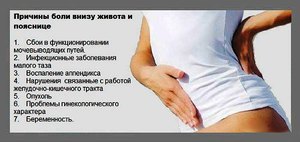 Basic causing pain in the lower abdomen premenstrual syndrome and the period of menstruation should be distinguished. These days, a woman feels incredible pain not only in the lower abdomen, but also in the lumbar region, legs. During pregnancy, there are also unpleasant sensations associated with the growth of the uterus and the pressure of the fetus on internal organs, why and begins to pull the lower abdomen.
Basic causing pain in the lower abdomen premenstrual syndrome and the period of menstruation should be distinguished. These days, a woman feels incredible pain not only in the lower abdomen, but also in the lumbar region, legs. During pregnancy, there are also unpleasant sensations associated with the growth of the uterus and the pressure of the fetus on internal organs, why and begins to pull the lower abdomen.
Since an ectopic pregnancy cannot continue as normal pregnancy, immediate medical advice is needed because the fallopian tube can rupture and bleed, becoming life-threatening. To summarize the most common causes of left lower abdominal pain.
These conditions may also lead to a decrease in left abdominal pain. Crohn's disease is an inflammatory bowel disease that tends to run in families, characterized by severe abdominal pain, severe diarrhea, and malnutrition. This condition can be debilitating and can even lead to life-threatening complications. Ulcerative colitis is another inflammatory disease bowel disease, which is chronic and debilitating, is characterized by severe, crampy pain and bloody diarrhea leading to weight loss. Abdominal aortic aneurysm - occurs when the lower part of the aorta, the largest blood vessel, is weakened and bulges, resulting in pain in the abdomen and back. Endometriosis - occurs when uterine tissue grows outside the uterus, such as on the left ovary, fallopian tube, or intestines, causing severe pain which usually coincides with menstruation. The hormonal and physical changes of pregnancy lead to huge changes in a woman's body.
If we talk about a middle-aged woman who is not in a special position and easily tolerates PMS, but still experiencing pain in the lower abdomen, needs to be reviewed pathological causes this phenomenon. An unpleasant symptom may be the result of several dangerous diseases of the pelvic organs and the abdominal cavity.
To give you some perspective, your body at the end of pregnancy produces more estrogen in one day than a non-pregnant woman produces after 3 years! Below are some common discomforts that occur during pregnancy and what you can do at home to help relieve the symptoms.
About 50% of all women experience nausea and vomiting during pregnancy. Although the cause is unknown, this is normal and usually self-limiting. Most symptoms start around 6 weeks pregnant, peak around 8-10 weeks, and start around 12 weeks. By 14 weeks, most women do not suffer from nausea and vomiting.
Why pulls the lower abdomen:
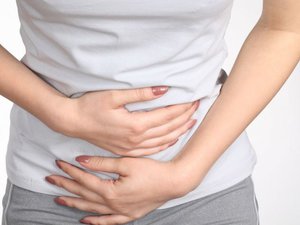
Each option pain (pulling, sharp, stabbing, aching, cutting) characterizes individual pathological processes in the body. If we talk about pulling pain in the lower abdomen, it may indicate benign and malignant processes, inflammation of the parenchymal organs.
Functional causes of pain in the lower abdomen
Prevention and Treatment Sometimes small changes in your diet and Everyday life can have great importance. Diet Eat snack food for sleep, preferably protein. Try to keep a box of juice and some dry crackers by the bedside. Take a sip of juice and a bite of a cracker before lifting your head off your pillow in the morning. Repeat every 5 minutes for 20 minutes before getting out of bed. Avoid drinking liquids with meals, drink between meals instead. Try potato chips and lemonade, it works!
Pain in the lower abdomen as a sign of pregnancy
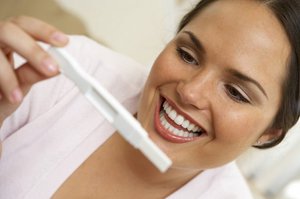
A delay in menstruation, along with pulling pains, can tell about an upcoming pregnancy. Parallel woman feels physiological changes in your body, there is drowsiness, fatigue, irritability, frequent mood swings, breast enlargement and soreness, as well as an improvement in the sense of smell.
Rest Try to take a nap when you can. Fatigue can make symptoms worse. This is why some women experience worsening symptoms in the evening. Progesterone slows down the motility of the gastrointestinal tract during pregnancy. This can lead to gas and constipation. In addition, the extra iron in prenatal vitamins can also cause constipation. As the uterus enlarges, it puts extra pressure on the intestines and obstructs circulation in the lower intestine, causing hemorrhoids.
Hemorrhoids are actually swollen blood vessels, like varicose veins. Prevention and Treatment Try the following suggestions and changes in your routine. Diet Drink plenty of water or herbal tea and increase your fiber intake by eating 2 servings of fresh fruits and 4 servings of vegetables each day.
With such symptoms need to see a gynecologist, which will confirm the pregnancy or find out what the typical symptoms of pregnancy are associated with. When the abdomen pulls during pregnancy, this is due to the constant growth of the uterus. These sensations occur regularly, other typical symptoms join, which soon makes the woman understand about her situation.
Herbal Supplements Canisters of witch petals or apply wet or dry baking soda to relieve itching, lemon juice or vinegar to reduce swelling or bleeding. You can also try essential oil compresses such as Comfrey, Cypress, Frankincense, Lavender or Myrrh. You can add the above essential oils or Epsom salts.
Most abdominal discomfort during pregnancy is the result of normal hormonal and physical changes that occur during pregnancy. The developing baby and the rapidly growing uterus put pressure on the surrounding organs and move them to new positions. In addition, the hormone relaxin causes the ligaments and bones of the pelvis to become soft and flexible in preparation for birth, which can lead to discomfort. Specific isolated abdominal pain that does not persist or worsens is not usually cause for concern.
Ovulation and PMS
Discomfort and pulling pains in the lower abdomen during ovulation can be felt by every woman, and this is explained quite simply. Ripened the egg is released rupturing the follicle. It occurs in the middle of the menstrual cycle. A little blood flows into the gap that was formed during the rupture, it is at this moment that the woman feels pain. In addition to heaviness in the lower abdomen, symptoms of headache, fever, pain in the lumbar and pelvic region. In addition, pain after intercourse can also indicate the onset of ovulation.
Factors affecting the occurrence of pain
Normal causes of abdominal pain or discomfort include. Sudden movements such as walking, standing, or rolling in bed can cause pain, pressure, and generalized discomfort. These symptoms are more common and more severe the more children you have.
Round ligament pain is usually experienced as sudden, sharp, knife-like, drawing or spasmodic pain that radiates weakly on either side of the abdomen and descends to the groin. Symphyseal frontal pain is similar, but usually felt more along the pubic bone and sometimes into the vagina. Many women experience this pain as a deep sensation of pain or bruising.
 Premenstrual syndrome is also characterized by similar symptoms. Symptoms are different for every woman., but all of them are united by pulling pain and discomfort in the lower abdomen and in the lumbar region. In addition, there may be dizziness, loss or increase in appetite, soreness of the mammary glands, irritability.
Premenstrual syndrome is also characterized by similar symptoms. Symptoms are different for every woman., but all of them are united by pulling pain and discomfort in the lower abdomen and in the lumbar region. In addition, there may be dizziness, loss or increase in appetite, soreness of the mammary glands, irritability.
Prevention and Treatment Change positions slowly, especially from lying to sitting and standing. Place a pillow or small rolled towel under your stomach as you lie on your side and place another pillow between your knees. Wearing a pregnancy support belt can help stabilize the bones and ligaments of the pelvis. Doing daily pelvic tilt exercises can help strengthen your pelvic muscles. Chiropractic assistance to practitioners who specialize in pregnancy can also help realign the pelvic bones.
Mild, irregular tightening of the uterus that does not increase in intensity or frequency and disappears spontaneously. It may be more intense after intercourse or when you are dehydrated. Prevention and treatment Take them as usual. Keep yourself hydrated with 8-10 glasses of water a day. Relax during the day. Drinking a quart of red raspberry leaf each day can help maintain the tone of a growing uterus.
Explained pain during PMS the fact that the unfertilized egg gradually exfoliates and leaves the body along with the blood. This process is not easy, although familiar to every woman. In the process of the release of the egg, a strong spasm of the uterus occurs, resembling a generic one, which is why some women endure this period extremely painfully.
Drawing pains in the lower abdomen in women during ovulation
Progesterone and relaxin are hormones that slow down movement through the gastrointestinal tract. Estrogen reduces the amount of gastric acid secretion, resulting in reduced fat absorption. All this contributes to heartburn and indigestion.
Prevention and Treatment Eat small, frequent meals rather than 3 large meals; avoid eating liquids. Minimize acid or fatty foods. Dietary Supplements Papaya Enzyme; Peppermint or ginger tea. Aromatherapy Lemon, essential oils of orange or neroli - 4 drops per teaspoon of grape seed oil; massage into the chest and upper back or into the bath to breathe in the vapours.
Soreness is eliminated with antispasmodic and analgesic drugs, warmth, plenty of drink and rest. At that time contraindicated heavy physical exercise , but charging, on the contrary, will help reduce discomfort. The nutrition of a woman during this period is also important. Since the appetite increases more often, you should try to replace heavy foods with fresh vegetables and satisfying fats, eat more protein and be sure to drink plenty of fluids, sweet tea, water with lemon, but it is better to refuse coffee.
Lower back pain is common during pregnancy. The growth of the uterus changes your center of gravity and puts extra stress on your lower back. Weak back and abdominal muscles before pregnancy can make symptoms worse.
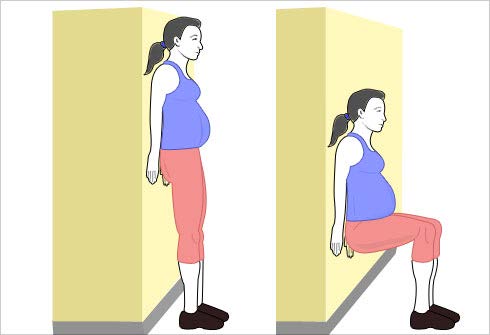
Many women experience increased headache during pregnancy, especially during the first trimester. The hormonal changes of pregnancy cause vasodilation in and around the brain. These enlarged blood vessels put pressure on the surrounding nerves, causing pain. Headaches can also be caused by sinus pressure due to increased fluid retention or allergies or cold symptoms; and eye strain due to vision changes. They can also be caused by stress and lack of sleep.
Already a few days before the onset of menstruation, a woman can do, for example, yoga or meditation to relax the muscles and calm the nervous system.
Inflammation in the abdomen
A pulling lower abdomen can have such unpleasant causes:
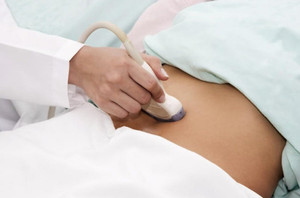
The most dangerous of the listed reasons highlight oncological diseases, internal bleeding and acute inflammation of the abdominal cavity. Therefore, we will consider in more detail these conditions, and what measures should be taken in the event of the appearance of typical symptoms.
Apply heat or cold packs to the head, eyes, or along the back of the neck. Seek chiropractic care if necessary. For the prevention of chronic migraine Riboflavin 200 mg tablets - take one every day. Magnesium 250 mg tablets - taken once a day.
Poor circulation in the legs and electrolyte imbalances can lead to leg cramps. Prevention and Treatment Stay hydrated by eating a balanced diet rich in fruits and vegetables. Avoid excess dairy products as this can lead to an imbalance of magnesium and calcium. Avoid excess phosphate intake. Increased potassium; try a magnesium supplement.
Internal bleeding and oncology
Gastrointestinal bleeding can be acute or chronic. Each state is dangerous in its own way. Chronic hemorrhage in the gastrointestinal tract dangerously asymptomatic onset, with only mild soreness and nausea to be felt. The accumulation of blood leads to impaired organ function, and later to anemia. In the case of an acute process, profuse bleeding occurs, there is a risk of anemia of the organs, their death. In any case, surgical assistance is required.
In addition to pain in the lower abdomen, the following symptoms appear:
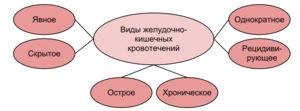
These are non-specific symptoms that can also report other ailments, so you need to be examined by several specialists. Need help from a gastroenterologist, abdominal surgeon, gynecologist, infectious disease specialist. After the examination, the doctor will be able to prescribe treatment or emergency surgery.
Malignant formations organs of the gastrointestinal tract begin asymptomatically, and this is the main danger. Among the first manifestations, one can single out minor pulling pains in the lower abdomen, indigestion, but on initial stage formation of a malignant tumor, it is rather difficult to determine the correct cause, and therefore the treatment is prescribed incorrectly. To avoid such a mistake, to be sure of your condition, you should undergo an oncology test, pass a tumor marker, and do an ultrasound of the abdominal cavity.
Treatment of pain in the lower abdomen
To start treatment need to be examined by a gynecologist and a gastroenterologist. Diagnosis will determine the main cause of the ailment, after which the doctor will prescribe a comprehensive treatment. In addition to medications, the doctor will recommend a diet, daily routine and physical exercises to strengthen the muscles of the anterior abdominal wall. This is necessary in order to generally improve the body and prevent complications of the underlying disease.
In the case of benign or malignant processes, the woman will be scheduled for surgery. You may have to remove the ovaries and uterus, but this is necessary to save the life and health of the patient.
In acute pancreatitis, appendicitis or other inflammatory processes will also have to undergo an operation in order to clear abdominal cavity from pathological microorganisms, preventing blood poisoning, sepsis.
Often, the activity of any woman is reflected in her health: she was in motion for so much time, spent so much time in the fresh air, so much she waited in the cold, there she sat in a draft - nothing passes without a trace.
Age is also important, although recent times women's diseases began to hurt mostly young girls.
The latter is connected with the environment or with the careless attitude of young people to their health. Despite the age and reasons, at the first manifestations of any painful symptoms, it is worth thinking about their causes, because often this may not necessarily mean the onset of the disease.
But if suddenly there are pulling pains in the lower abdomen, you should definitely pay attention to this, do not dismiss the “it will pass by itself”, especially if you are in a position - this is a special case, you should consider it only with your supervising doctor.
What are the reasons why the lower abdomen is pulled?
Let's start with the simplest - the onset of menstruation. Many girls endure this very painful period. Pain can encircle the abdomen and lower back, in addition to everything, headaches may also be present.
Girls and women find a way out in taking analgesics or antispasmodics if they failed to leave work, and whoever is more lucky will lie down at home. Why pulls the lower abdomen during menstruation?
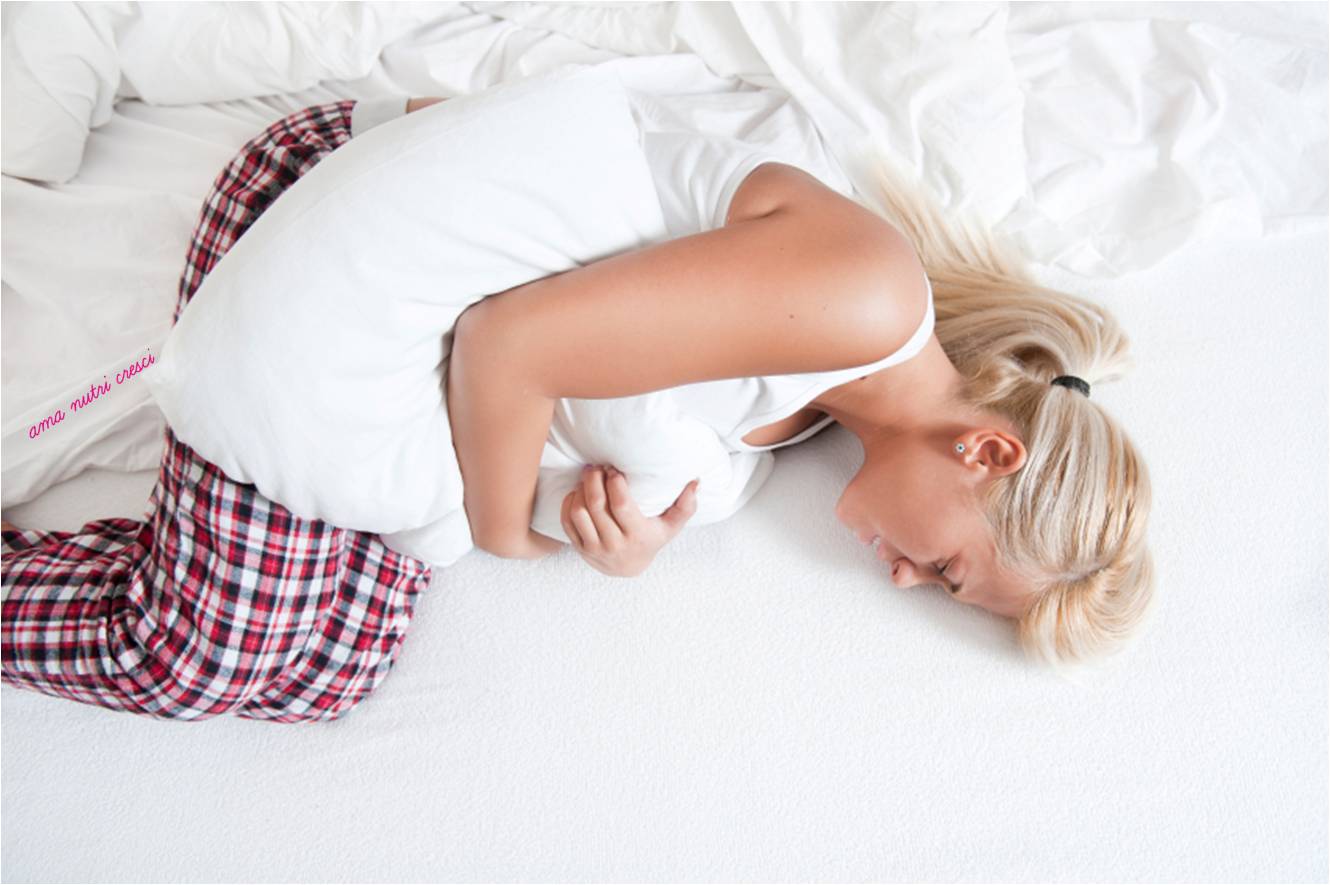
This is mainly because the woman's uterus begins to contract rhythmically during menstruation.
If the body has sensitive receptors, then each contraction of the uterus will give pain. It should be remembered that at the beginning of painful menstruation, it is worth stopping physical activity to prevent heavy bleeding, and if the pain is unbearable, then it is worth paying a visit to your doctor.
Analyzing many women's forums, the exchange of opinions of ladies of different ages and constitutions, you can make an approximate list of ailments that pull the lower abdomen:
Ovulation
Most women believe that ovulatory syndrome can cause pain in the inguinal region of the abdomen and pulling sensations. And gynecologists absolutely agree with them. The physiology of this process is as follows: a maturing egg develops inside the follicle, which is located on the ovary; at the peak of maturation (the middle of the menstrual cycle), when released, the egg breaks the walls of the follicle.
A little blood flows into the gap formed along with the egg. At this moment, pulling pain sensations appear, sometimes accompanied by an increase in body temperature. Therefore, if the lower abdomen is pulled after sex, this may indicate ovulation.
Premenstrual syndrome
One of the causes of pain in the lower abdomen is premenstrual syndrome. Pulls the lower abdomen after menstruation in many women. And it's all her fault idiosyncrasy every woman.
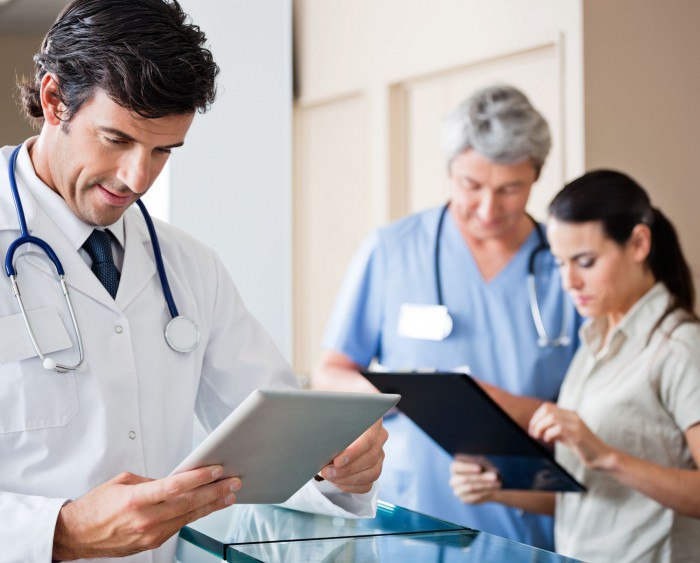
To clarify: if the released egg is not fertilized, then the membrane that is inside the uterus is going to exfoliate and leave it together with blood secretions.
This separation may be accompanied by violent spasms of the muscles of the uterus, very closely resembling labor pains.
You can only buy this kind of pain medicines and rest.
During this period, brew tea or decoction, make an infusion of herbs that normalize the balance of sex hormones (estrogens, progestins).
At this time, you can eat and make decoctions of licorice, alfalfa, oregano, hops, grapes, common cuff, sage, lemon balm.
Appendicitis
The reasons for pulling the lower abdomen include inflammation of the appendix. it
the appendix of the small intestine, which always, mostly at the wrong time, can become inflamed. In this case, pills will not work, as it can be life-threatening. If you are not sure that such pain is not related to female physiology, contact your doctors immediately. No need to delay, the consequences can be irreversible and fatal!
Inflammation of the appendages
Inflammation of the fallopian tubes or ovaries is accompanied by a familiar set of sensations: pain in the groin, fever. Such inflammation can be avoided if you do not overcool, always keep your feet warm and follow the appointments and recommendations of your doctor.
Ovarian apoplexy (hemorrhage)
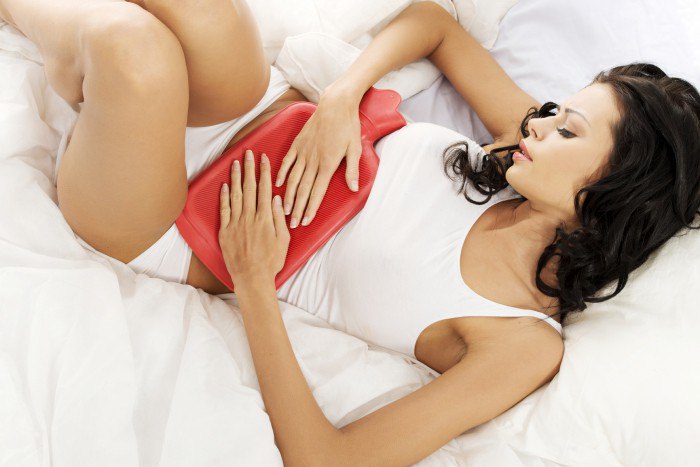
Hemorrhage can occur due to the rupture of a mature follicle with an egg, usually after sex or physical exertion.
Symptoms are similar to those ectopic pregnancy, only without the delay of menstruation.
Symptoms begin with a sharp pain at the bottom with girdle of the lower back, continue to give into the rectum, feel sick and pull the lower abdomen, dizziness, weakness appears, consciousness is lost and all signs of internal hemorrhage appear.
Attention - it is treated only by surgical intervention!
Pain after sex
It happens that it pulls in the lower abdomen after sex, with pathology in the pelvic organs. In this case, only a gynecologist can help. It is not worth starting a pathology, timely treatment will eliminate complications and fatal consequences.
It happens that it pulls in the lower abdomen after sex with inflammation of the ovaries. An ovarian cyst (a benign growth that forms due to dysfunction) causes pain in the groin area, either on one side or on the other.
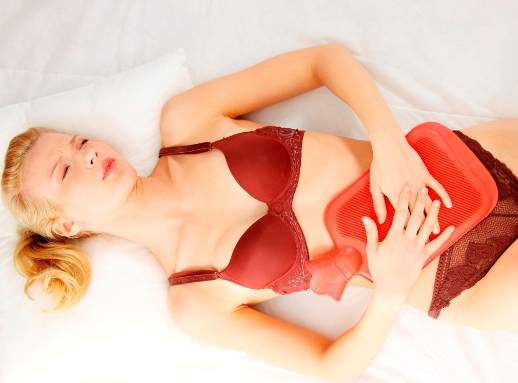
In such cases, the girl will have to regulate the depth of penetration herself, the most optimal position will be the girl on top.
Venereal diseases and thrush can provoke pain.
In order to make sure that the assessment of the pain and discomfort that has arisen is correct, you need to go for an ultrasound examination and take tests.
The medical specialist should supervise the treatment process.
Inflammation of the cervix
Inflammation of the cervix (cervicitis) can also cause pain. Inflammation often occurs from touching the penis with deep insertion into the vagina. Also, pain can be provoked by: endometriosis, bartholinitis, vulvodynia, adhesions and bladder infection. As mentioned above, only specialist advice can help.
What to do with pain in the lower abdomen?
- DO NOT self-medicate! In order to treat something, you need to know the cause;
- Get tested for inflammatory processes to undergo an ultrasound examination;
- See your doctor with the results;
- Be sure to follow his instructions!
I would like to wish that all diagnoses, even the most insignificant ones, will bypass you.
Be loved - love heals better than any doctor!



